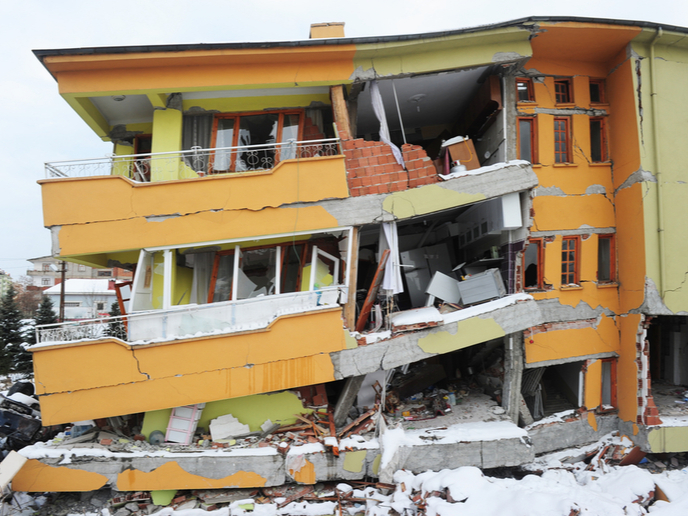New model improves earthquake forecasts
Earthquakes are difficult to forecast, making it challenging to organise evacuations before they happen to prevent considerable loss of life. Between 2000 and 2019, earthquakes killed over 800 000 people worldwide, according to the U.S. Geological Survey(opens in new window). Although an earthquake can be recorded by a seismographic network, it’s not possible to accurately pinpoint the size, time and place of a possible earthquake. What if there was a new way to improve the prediction of earthquakes? Partially supported by the EU-funded DEGASS project, a team of researchers has done exactly that by producing a mathematical model that can help geophysicists better predict when and where earthquakes might strike. Along with her colleagues at DEGASS project coordinator the University of Liverpool and Utrecht University, Dr Sabine A.M. den Hartog from the Lyell Centre, a joint collaboration between Heriot-Watt University (HWU) and the British Geological Survey, used maths rather than relying on laboratory experiments. They focused on predicting frictional strength – the force required to cause movement along a fault of the phyllosilicates that are a type of mineral in the form of thin plates found along the weakest part of the faults in the Earth’s crust where earthquakes occur. A news item(opens in new window) on the HWU website states: “Earthquake scientists frequently recreate movement along simulated faults in their laboratories to try to understand the processes happening at the microscale that lead to earthquakes. While experiments have helped scientists understand fault motion and earthquakes much better, they are limited because it is difficult to reproduce the extreme conditions present at depth in the Earth’s crust via laboratory experiments.” Quoted in the same news item, Dr den Hartog notes that the team “formulated a set of equations to predict how the frictional strength of phyllosilicates changes with a change in conditions such as the humidity or the speed of fault movement.” She emphasises that their technique makes “it much easier for modellers to simulate fault movement at natural conditions, including earthquakes.” Dr den Hartog adds: “Our model predicts that movement along phyllosilicate-rich fault zones becomes more difficult as the movement goes faster, which is consistent with experiments. This behaviour tends to inhibit earthquakes and suggests that, while phyllosilicates are weak and favour silent fault motion, other minerals than phyllosilicates are important to cause earthquakes.”
More research needed
The findings were published in the ‘Journal of Geophysical Research: Solid Earth’(opens in new window). “While numerous qualitative explanations have been proposed previously for the low friction coefficient exhibited by phyllosilicates, especially in the presence of water, our study provides a new step toward a quantitative, physically based model.” In the HWU news item, Dr den Hartog comments that further research is required to improve the model. “We couldn’t explain the relation between the forces that clamp faults from slipping versus those that can activate fault motion, so there is still work to be done in this area.” The DEGASS (An experimental approach to understand inDuced sEismicity in GAS Shales) project ended in 2017. It examined “the conditions and the microscale deformation mechanisms that lead to stable versus unstable fault slip of reactivated faults in clay- and quartz-rich gas shales,” as explained in the project factsheet(opens in new window). Shale gas refers to natural gas found within fine-grained, clastic sedimentary rock formations containing mudstone or siltstone. For more information, please see: DEGASS project(opens in new window)



